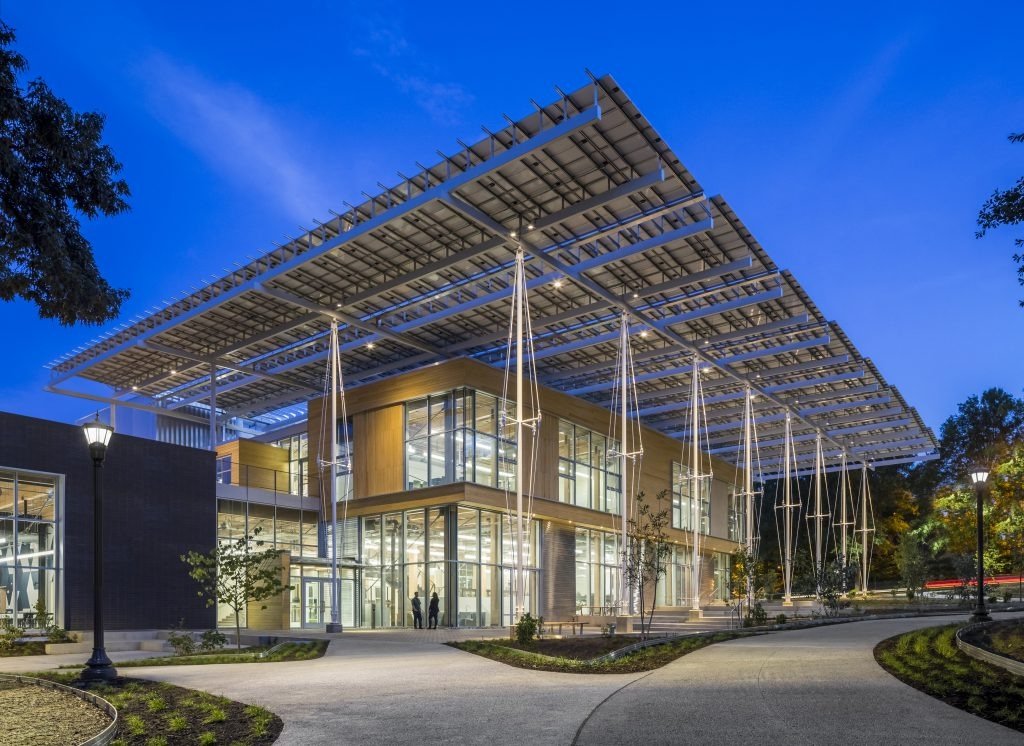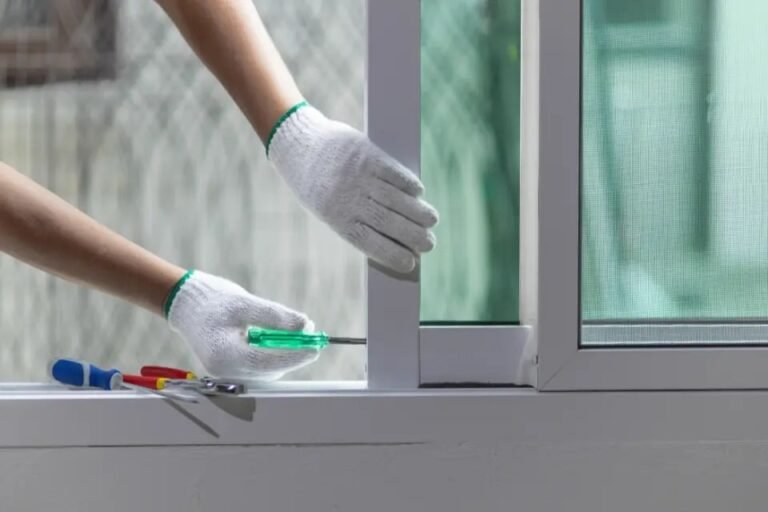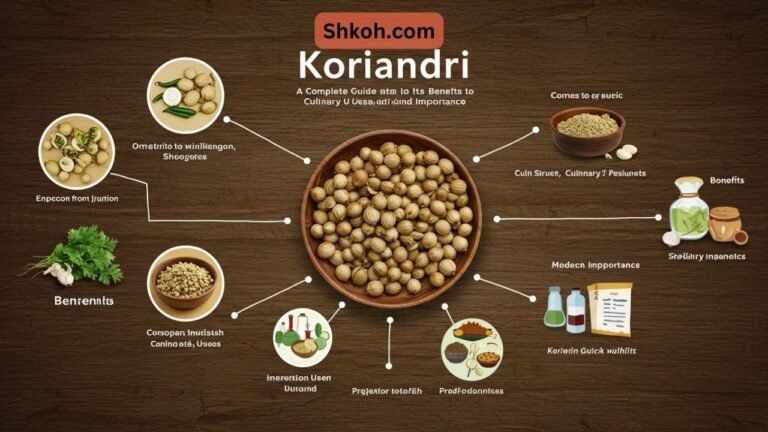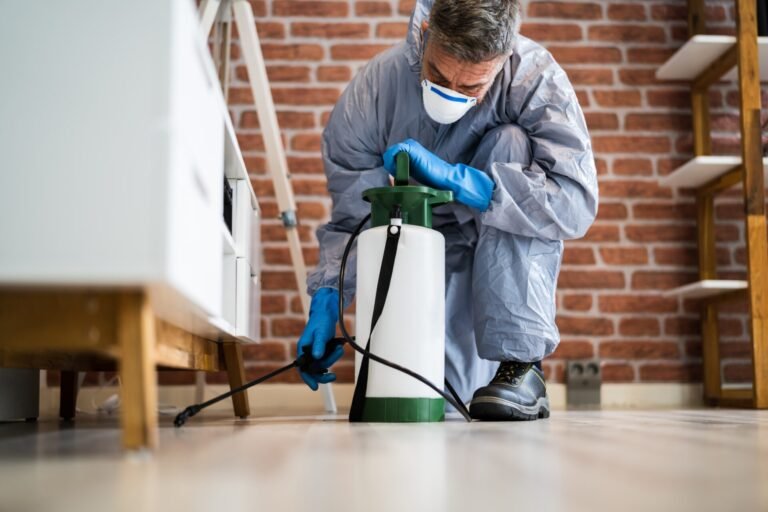Sustainable Construction in Florida: Building for the Next Generation
Florida’s construction industry is changing fast. With stronger hurricanes, rising sea levels, and higher energy costs, builders need to think differently about how they construct buildings. Sustainable construction isn’t just good for the environment, but it’s becoming essential for protecting investments and staying competitive.
Why Sustainability Matters in Florida
Florida faces unique challenges that make sustainable building practices necessary, not optional. Hurricanes are getting stronger, flooding happens more often, and cooling costs keep rising. Traditional building methods often can’t handle these problems effectively.
Sustainable construction helps solve these issues by creating buildings that work with Florida’s climate instead of fighting against it. These buildings cost less to operate, last longer, and provide healthier spaces for people to live and work.
When starting any construction project, including sustainable ones, contractors should file a notice to owner Florida to protect their payment rights and show clients they’re professional and accountable.
Green Building Certifications Made Simple
Several certification programs help verify that buildings are truly sustainable. Here are the most common ones in Florida:
LEED (Leadership in Energy and Environmental Design) is the most well-known certification. Buildings earn points for being energy efficient, conserving water, and providing good indoor air quality.
WELL Building Standard focuses on keeping people healthy inside buildings by measuring air quality, lighting, and noise levels.
Florida Green Building Coalition (FGBC) creates standards specifically for Florida’s climate and conditions.
ENERGY STAR certifies buildings that use significantly less energy than average buildings.
Each certification has different requirements, so builders can choose the one that best fits their project and budget.
Eco-Friendly Materials That Work in Florida
Modern sustainable building uses materials that perform well in Florida’s hot, humid weather while being better for the environment.
Recycled steel framing is stronger than wood and stands up better to hurricanes. Bamboo flooring grows quickly, handles moisture well, and looks great. Cork flooring naturally resists mold and provides good insulation.
High-performance insulation keeps buildings cooler with less air conditioning. Cool roofs reflect heat instead of absorbing it, reducing cooling costs significantly.
Water-saving features are becoming standard, including low-flow faucets and toilets, rainwater collection systems, and landscaping that doesn’t need much water.
Solar Power and Renewable Energy
Florida’s sunny weather makes solar power a smart choice. Solar panel costs have dropped dramatically while becoming more efficient. New buildings can be designed “solar-ready” from the start, making installation easier and cheaper.
Battery storage systems let buildings store extra solar power for use at night or during power outages. This provides backup power and reduces electricity bills.
Geothermal systems use the earth’s steady underground temperature to cool buildings more efficiently than traditional air conditioning.
Government Help for Green Building
Florida offers several incentives to encourage sustainable construction:
State incentives include property tax exemptions for solar equipment, meaning solar panels won’t increase your property taxes.
Federal tax credits let property owners deduct a percentage of renewable energy system costs from their federal taxes.
Local programs often provide faster permitting for green projects and sometimes reduce fees for sustainable buildings.
Utility rebates help pay for energy-efficient equipment like HVAC systems, water heaters, and LED lighting.
Why Sustainable Construction Pays Off
Sustainable buildings save money in several ways:
Lower energy bills are usually the biggest savings, often 20-30% less than regular buildings.
Reduced maintenance costs because higher-quality materials and systems last longer.
Higher property values because buyers recognize the benefits of sustainable features.
Lower insurance costs in some cases, especially for buildings designed to handle severe weather.
Better tenant attraction and retention for commercial properties, as businesses want efficient, healthy spaces.
Even with these benefits, sustainable projects need the same legal protections as any construction work. If payment problems arise, contractors can still file a mechanics lien florida to secure payment for their work.
Frequently Asked Questions
What makes a construction project sustainable?
A sustainable construction project focuses on using less energy and water while creating healthier spaces. This means installing efficient heating and cooling systems, LED lighting, and low-flow plumbing fixtures.
Materials matter too. Sustainable projects use recycled or renewable materials when possible, like recycled steel or bamboo flooring. They also focus on good indoor air quality with proper ventilation and paints that don’t release harmful chemicals.
Other important features include reducing waste during construction, adding renewable energy like solar panels, and building things to last a long time.
Are there tax incentives for green building in Florida?
Yes, Florida offers several tax breaks for sustainable construction. The biggest is a property tax exemption for solar equipment—solar panels won’t increase your property taxes.
Federal tax credits let you deduct part of renewable energy system costs from your federal taxes. These credits can save thousands of dollars on solar installations.
Many cities and counties offer additional help, like reduced fees for green building projects or faster permit approval. Local utility companies also provide rebates for energy-efficient equipment.
What are the most popular eco-friendly materials today?
Recycled steel is popular because it’s strong, especially for hurricanes, and doesn’t contribute to cutting down forests.
Bamboo flooring looks great and grows much faster than trees. It handles Florida’s humidity well.
Cork floors and walls provide good insulation and naturally resist mold and bacteria.
Recycled glass makes attractive countertops and tiles while using materials that would otherwise go to landfills.
Low-VOC paints improve indoor air quality by not releasing harmful chemicals into the air.
Does sustainable construction cost more upfront?
Sustainable construction usually costs 2-10% more upfront than regular construction. However, this extra cost often pays for itself through energy savings and government incentives.
Some sustainable features actually save money from the start. Better insulation might cost more but allows you to install a smaller, less expensive air conditioning system.
Many sustainable materials now cost about the same as regular materials. LED lights, for example, cost about the same as old-style bulbs but last much longer and use less electricity.
The most expensive features, like solar panels, typically pay for themselves within 7-12 years through lower electricity bills. Government rebates and tax credits help reduce the upfront costs even more.






